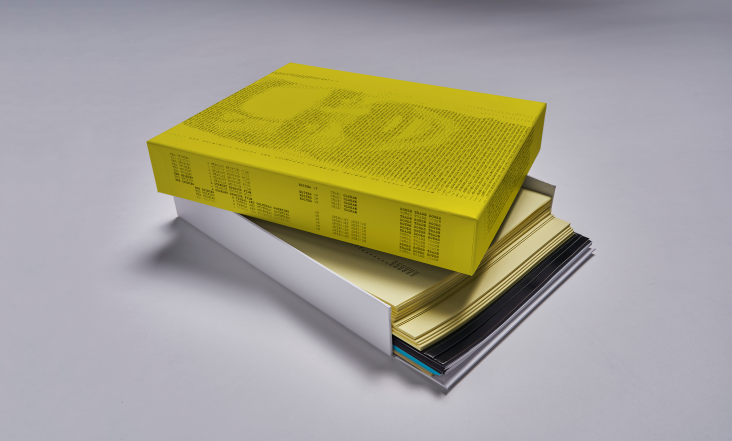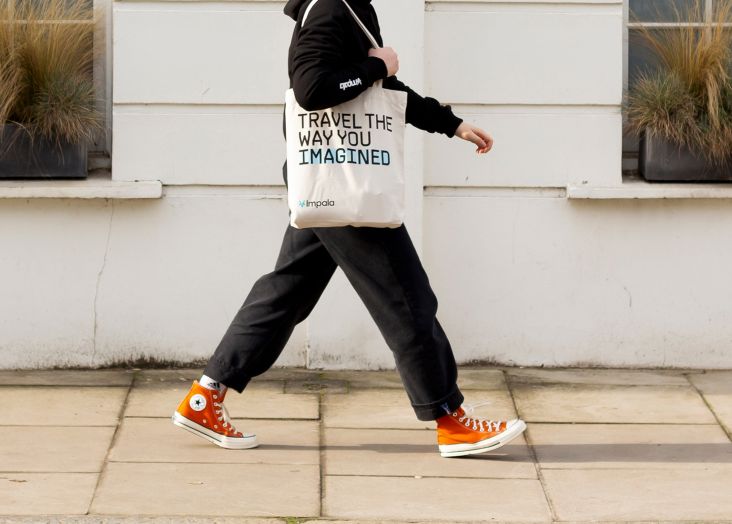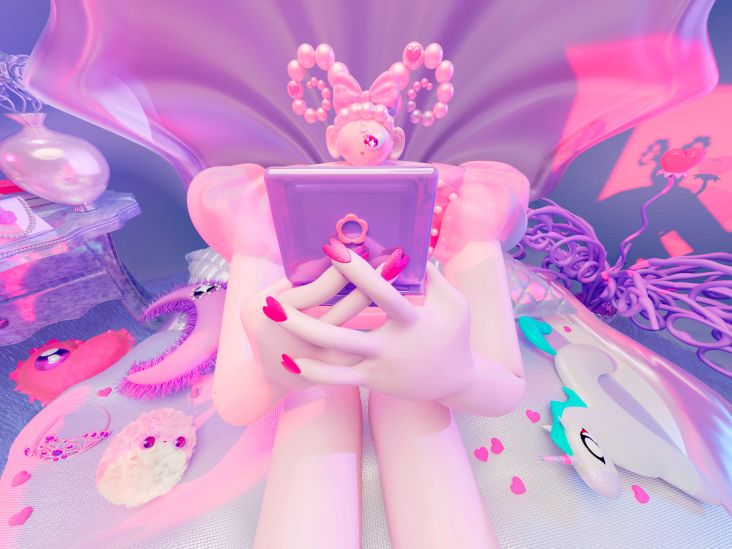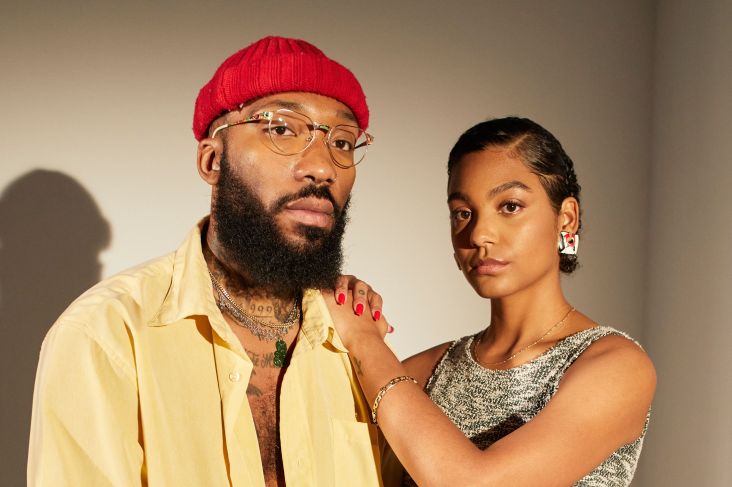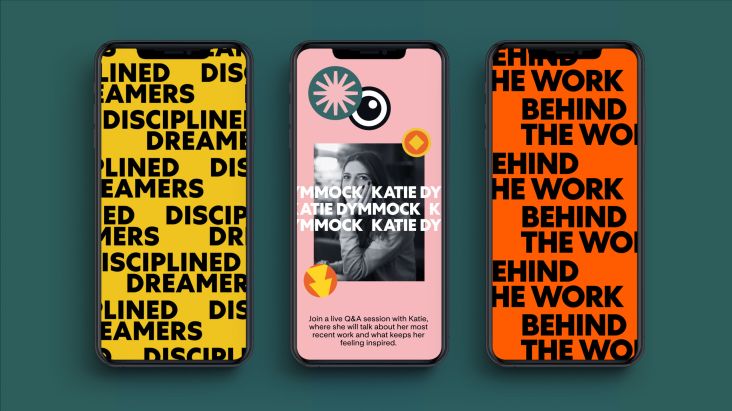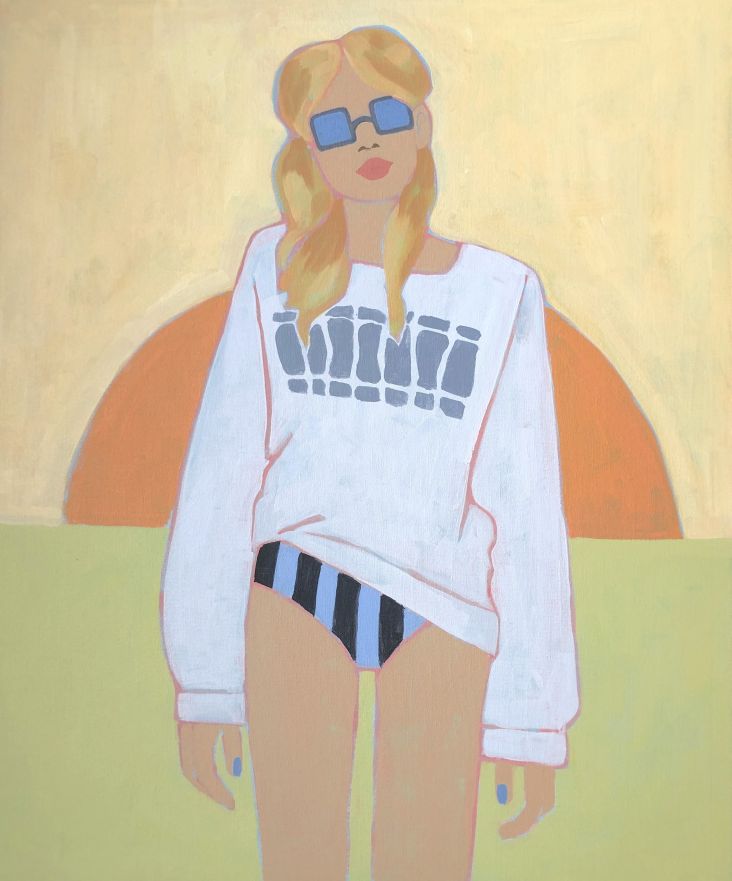Charles Young's miniature houses crafted from paper brought to life in pleasing stop motion shorts
During his studies in Architecture, Charles Young discovered a love of paper and crafting miniature model buildings featuring the tiniest detail, and even bringing his sculptures to life by animating them to create delightful stop motion shorts. His ongoing Four Colour Houses has since captured the attention of leading clients, giving Young an unexpected career path.

Four Colour Houses © Charles Young
Charles Young studied Architecture at Edinburgh College of Art and graduated from the post-graduate course in 2014. But he never completed the qualifications he needed to become an architect and instead began working as an artist and animator, immersed in the world of papercraft. "Making models out of paper was something that I started doing at university," he tells Creative Boom, "after graduating, I found that it was a quick and simple way to make something every day."
For most of the papercraft work, Young uses an ordinary 200gsm watercolour paper. "I've found it works well at the small scale I'm building at. It has the flexibility to take curves but thick enough that it has structural integrity," he says.
Four Colour Houses is a project he began in 2020 after buying the book A Dictionary of Color Combinations by Sanzo Wada. "It contains two, three and four-colour combinations drawn from early 20th century Japanese design and was first published in 1935," he explains. "Up until that point, almost all of my paper artwork had been made entirely in white, and it seemed like a good way of introducing colour to the things that I was making, working my way through the combinations making houses and vehicles using those colours."
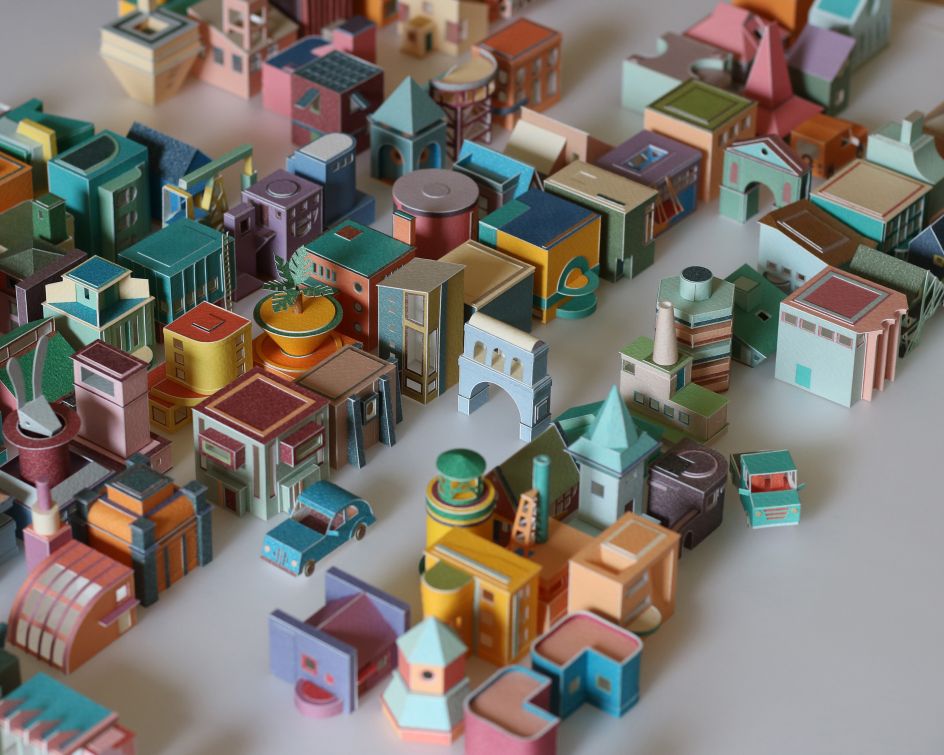
Four Colour Houses © Charles Young
Four Colour Houses © Charles Young
Young completed the 108 four-colour combinations in early 2021, and these pieces were shown together at CODA Paper Art 2021 in Apeldoorn, Netherlands. Young says he's currently working through the 120 three-colour combinations and will eventually get to the two-colour combinations, too. "I'm also now aware that there is a second volume of the colour dictionary, so there are plenty of pieces still to come."
The process begins with Young printing the colours onto a single sheet of A5 watercolour paper with an ordinary inkjet printer, each colour taking up a quarter of the sheet. "This limits the amount of material I use and makes sure that I keep each piece to roughly the same size. I usually have a rough idea of what I'm going to make before I start, and the clearer that idea is, the better it comes out. I might do a small sketch of the final shape I want in advance, but often I just start drawing straight onto the printed paper and make it up as I go along."
Four Colour Houses © Charles Young
Four Colour Houses © Charles Young
To bring the houses, trucks and cars to life, Young says he does the animation quite quickly with stop motion. "I set up the piece that is being animated, fixing parts down with double-sided tape if I need to make sure that they don't move. I then photograph a series of frames, moving the parts that need to a little at a time. Because these small pieces are meant to be completed quickly, I animate entirely in the camera, not using any other software where you can overlay one frame with the next to check the movement like I would on a more complex animation. The files then come together in Photoshop where I can make them into frames for the animation."
Interestingly, Young tells us that when he first started making this kind of looping animation for his Paperholm project, they were to be uploaded to Tumblr, which still has quite a strict file size limit for gif files. "This meant that I had to learn to be very economical with my animations, removing as much information as possible from each frame in Photoshop so that you end up with a still background image and the movement happening in front."
The colour models take up to four hours to complete, depending on the complexity of the structure and how much cutting is needed. "I do all of this by hand with a scalpel," he says. "If a piece includes animation, then this is built in from the start. To get smooth movement on the moving parts, paper sliders and wheels have to be included during construction."
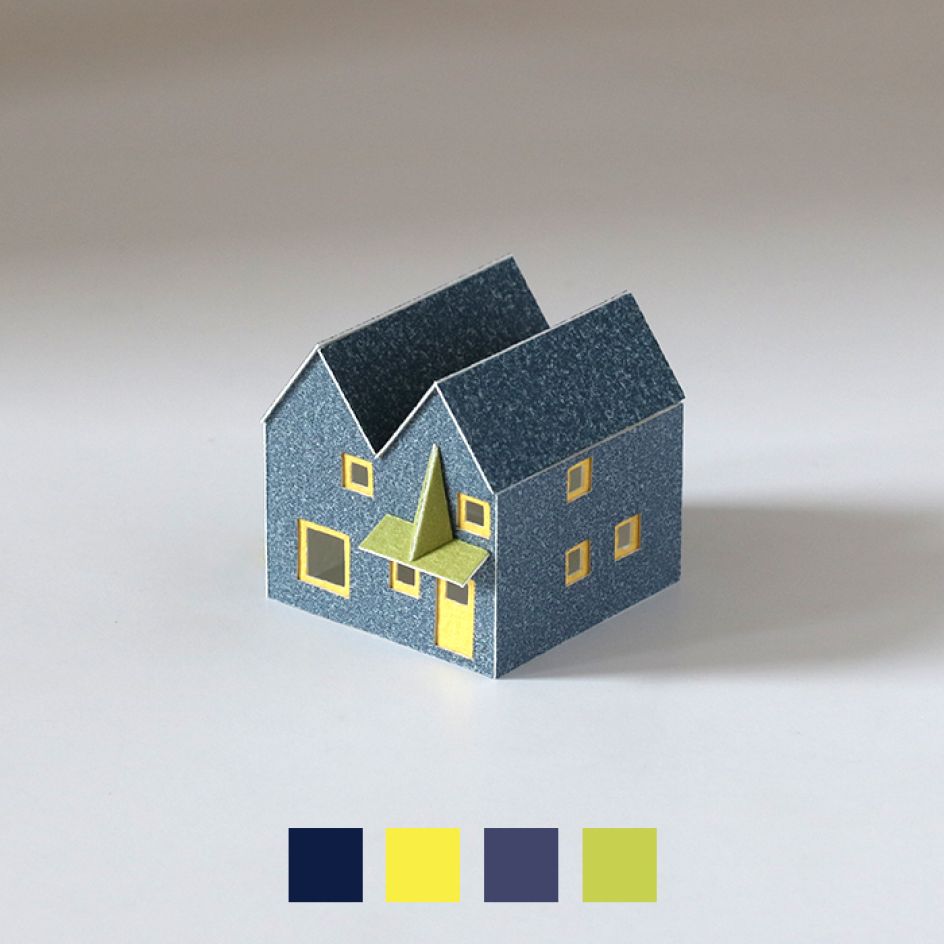
Four Colour Houses © Charles Young
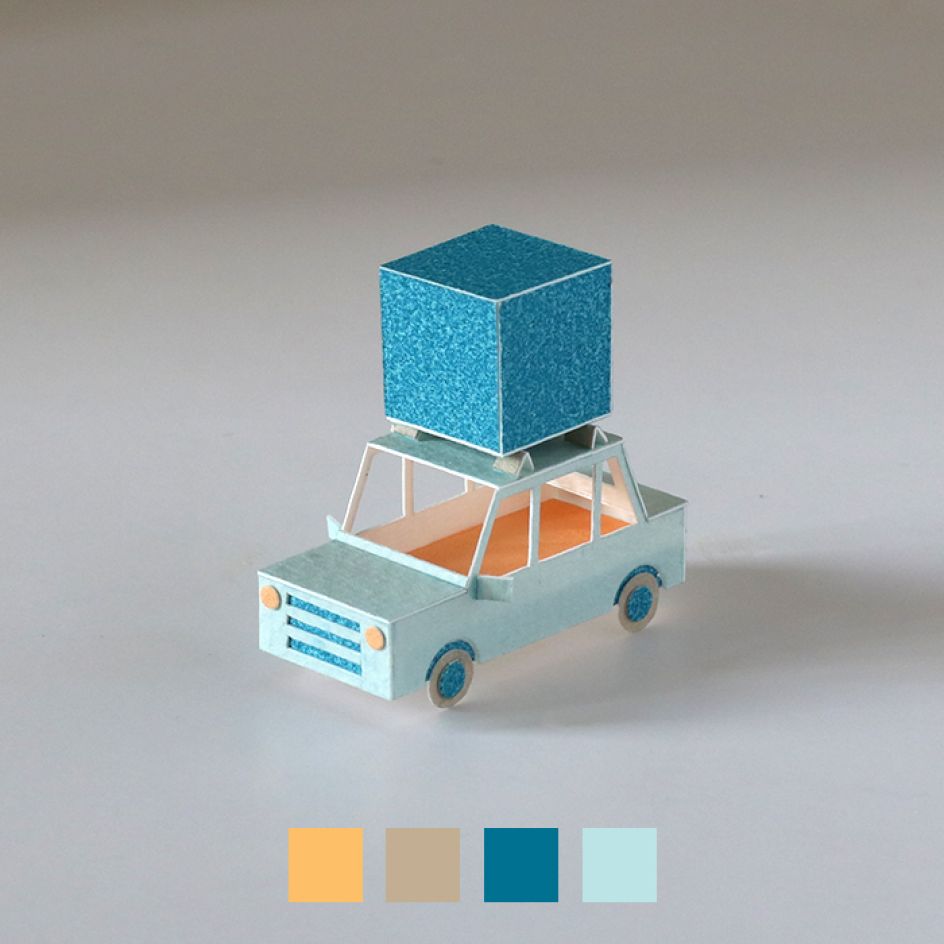
Four Colour Houses © Charles Young

Four Colour Houses © Charles Young
Looking at some of Young's other work, there's an incredible project for The Music Hall in Aberdeen that presented quite a different challenge. Commissioned by New Media Scotland's Alt:W fund, the animation was made in a scale paper model of the area of the city surrounding The Music Hall, one of the oldest concert halls in Scotland.
"The base model that I made pretty accurately copies a section of the middle of Aberdeen along Union Street," Young explains. "This model took a couple of months for me to construct, partly because of its size (it's about 1.2 metres squared) and partly because copying things that already exist takes a lot longer than making something up. Once the base model was done, I took several days to complete the animations I wanted. I used a stop motion programme called Dragonframe that lets you see what you're doing, comparing the current setup to the previous frame and allowing you to playback what you've done so far."
"The idea for the animation was to take the familiar streetscape of the city and add an extra layer of invented occupation over the top," he continues. "Through this, the viewer would be given a new perspective and encouraged to think differently about the space and what might be going on above them if they looked up."

The Music Hall © Charles Young
The Music Hall © Charles Young
The Music Hall © Charles Young
Looking at another recent project, one for Toyota, Young uses a combination of white paper models that he already had and pieces made specially, including bridges, boats, cows and a stadium. The film was about the possibilities of battery technologies and featured ideas that the company wanted to highlight in advance of the Tokyo Olympics.
"The animation was done over a week, with a day of re-shooting later in the year," he tells us. "This was the first time that I made this kind of more complex, narrative animation, and the script that I was working from gave me a lot of opportunities to try new things that I now appreciate being pushed to do, even if it was daunting at the time."
As well as the Four Colour Houses project, Young is currently working on making larger architecture inspired structures in wood, using box-making and furniture making techniques like cane weaving. "It's nice to make something a bit bigger sometimes," he says.
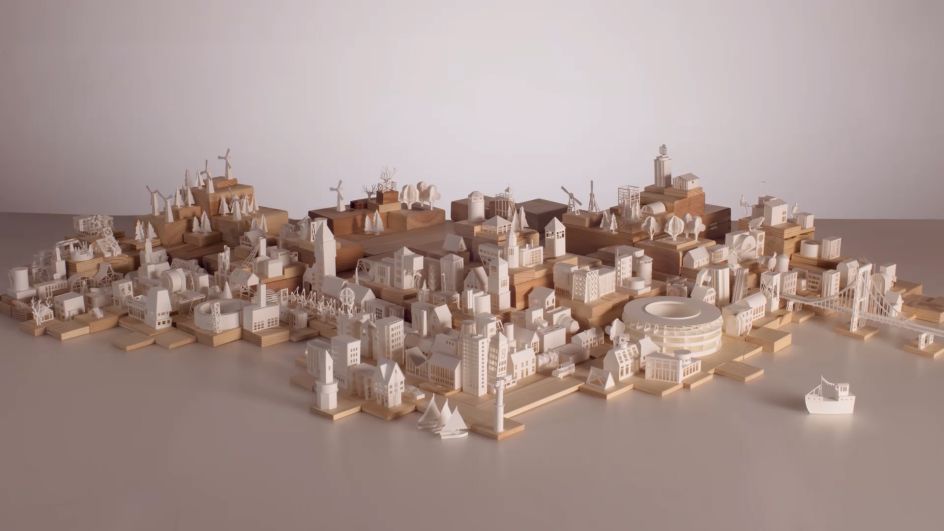
Toyota © Charles Young
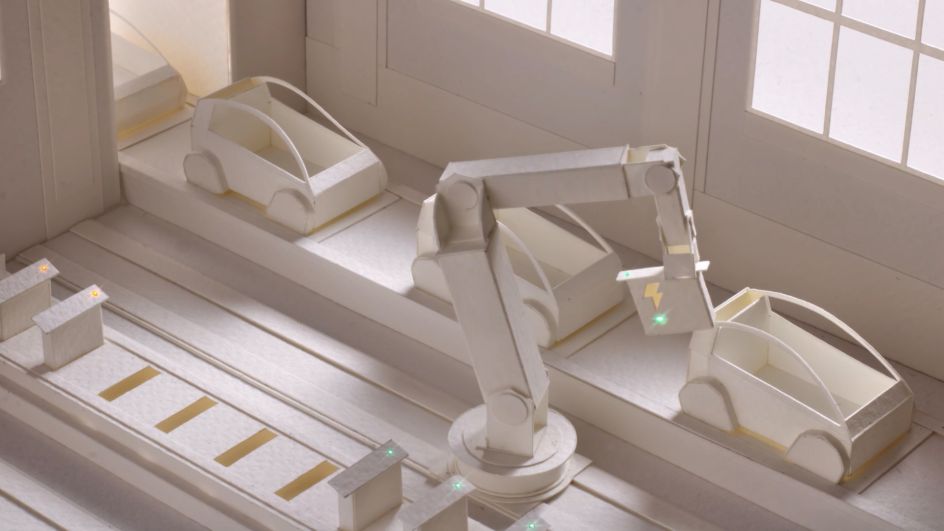
Toyota © Charles Young
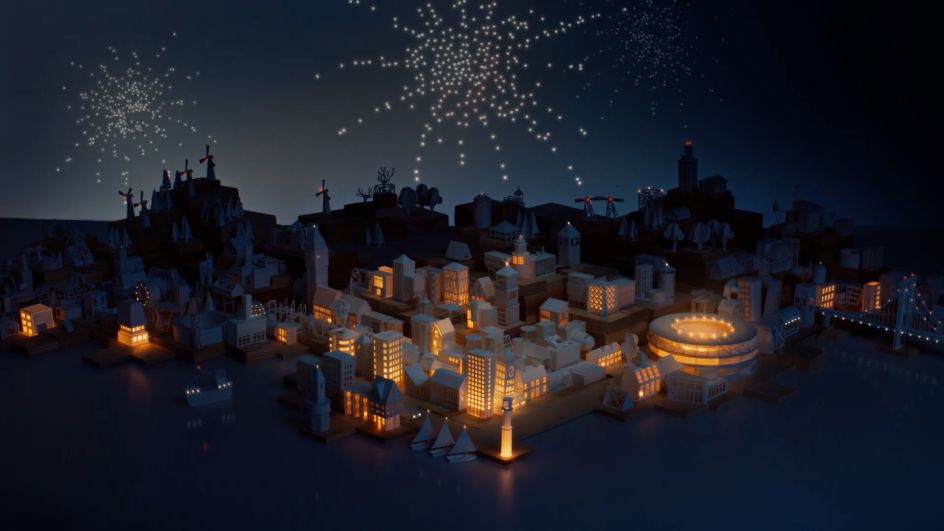
Toyota © Charles Young
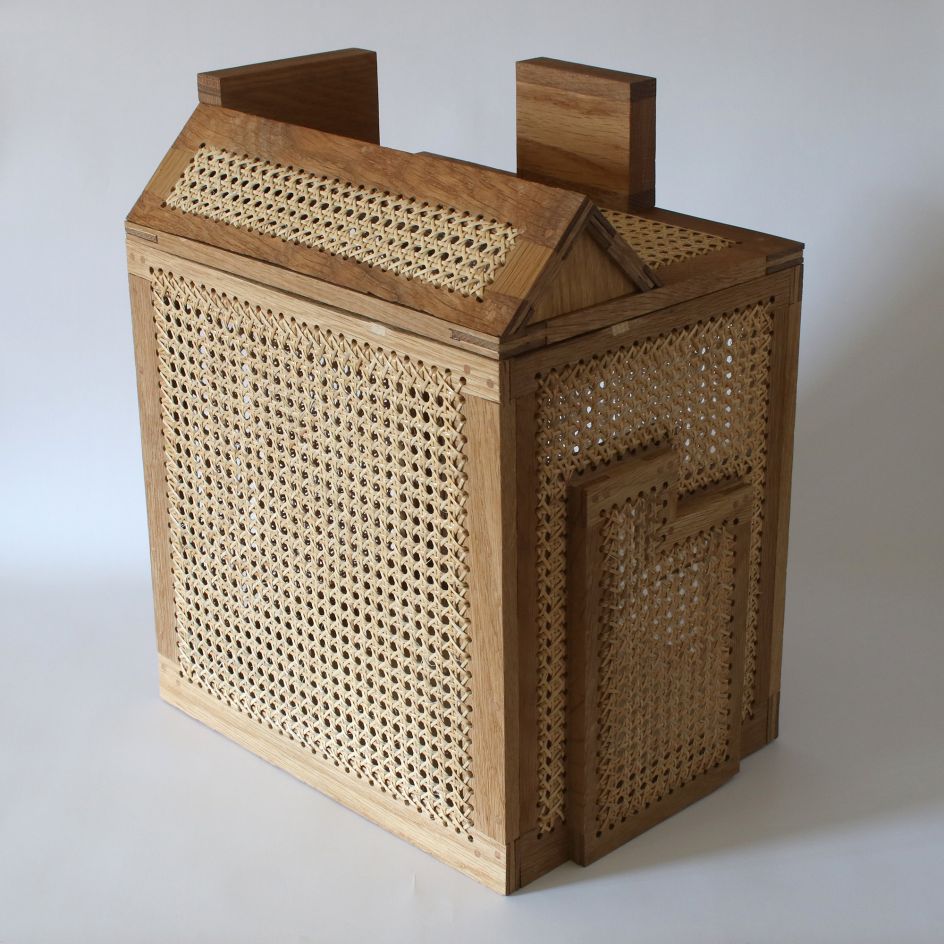
Cane Weaving © Charles Young




 by Tüpokompanii](https://www.creativeboom.com/upload/articles/58/58684538770fb5b428dc1882f7a732f153500153_732.jpg)


 using <a href="https://www.ohnotype.co/fonts/obviously" target="_blank">Obviously</a> by Oh No Type Co., Art Director, Brand & Creative—Spotify](https://www.creativeboom.com/upload/articles/6e/6ed31eddc26fa563f213fc76d6993dab9231ffe4_732.jpg)








